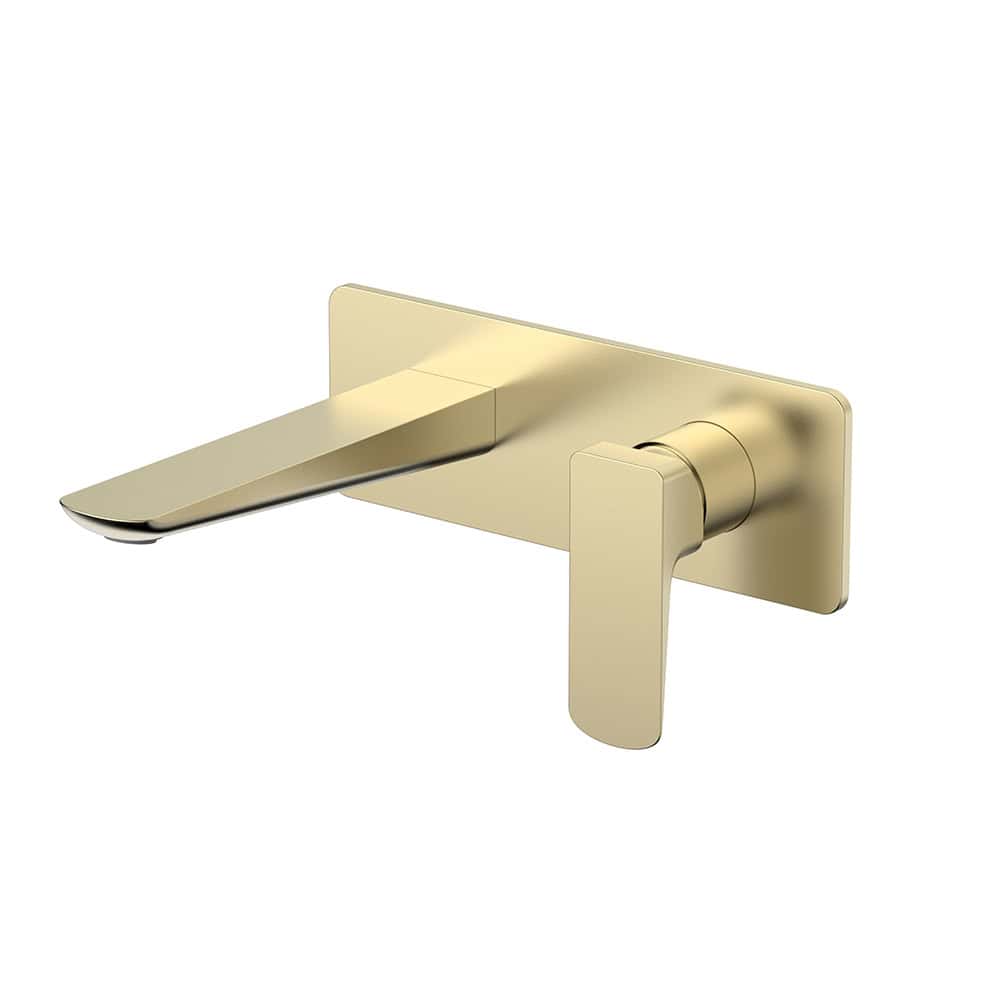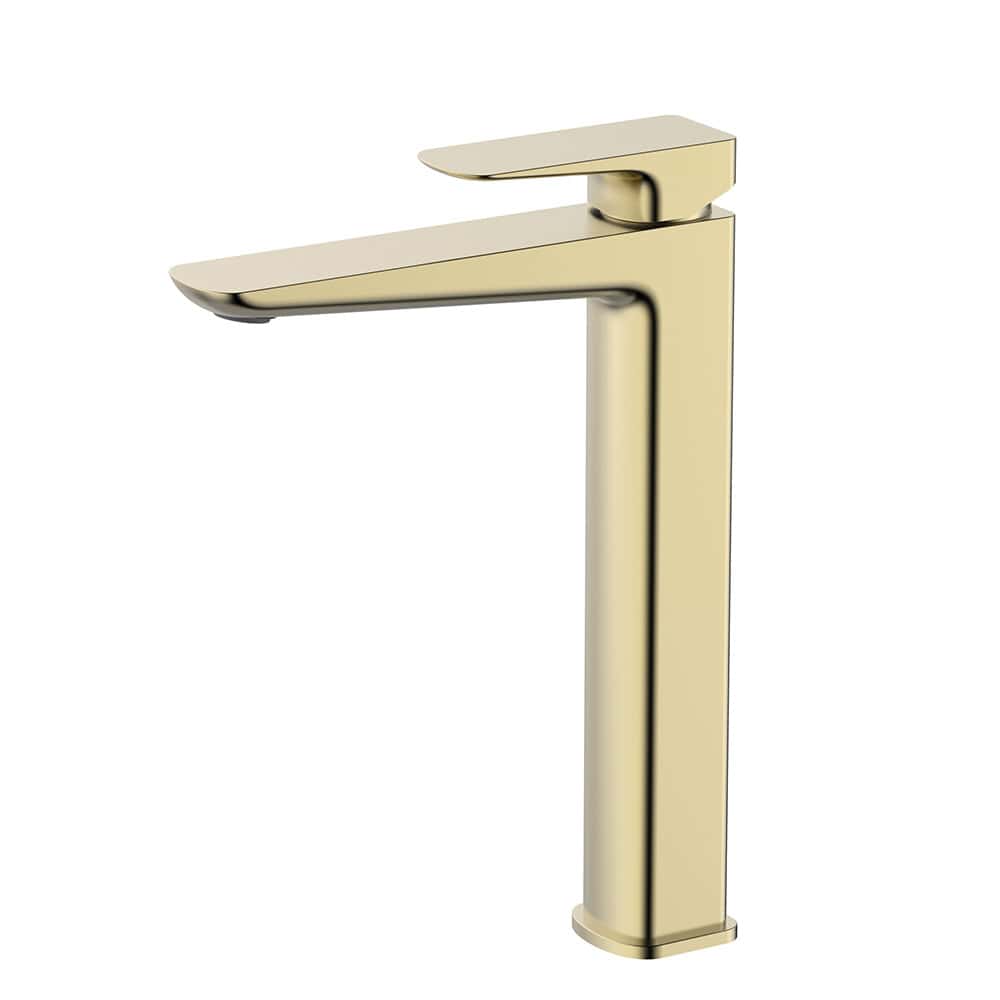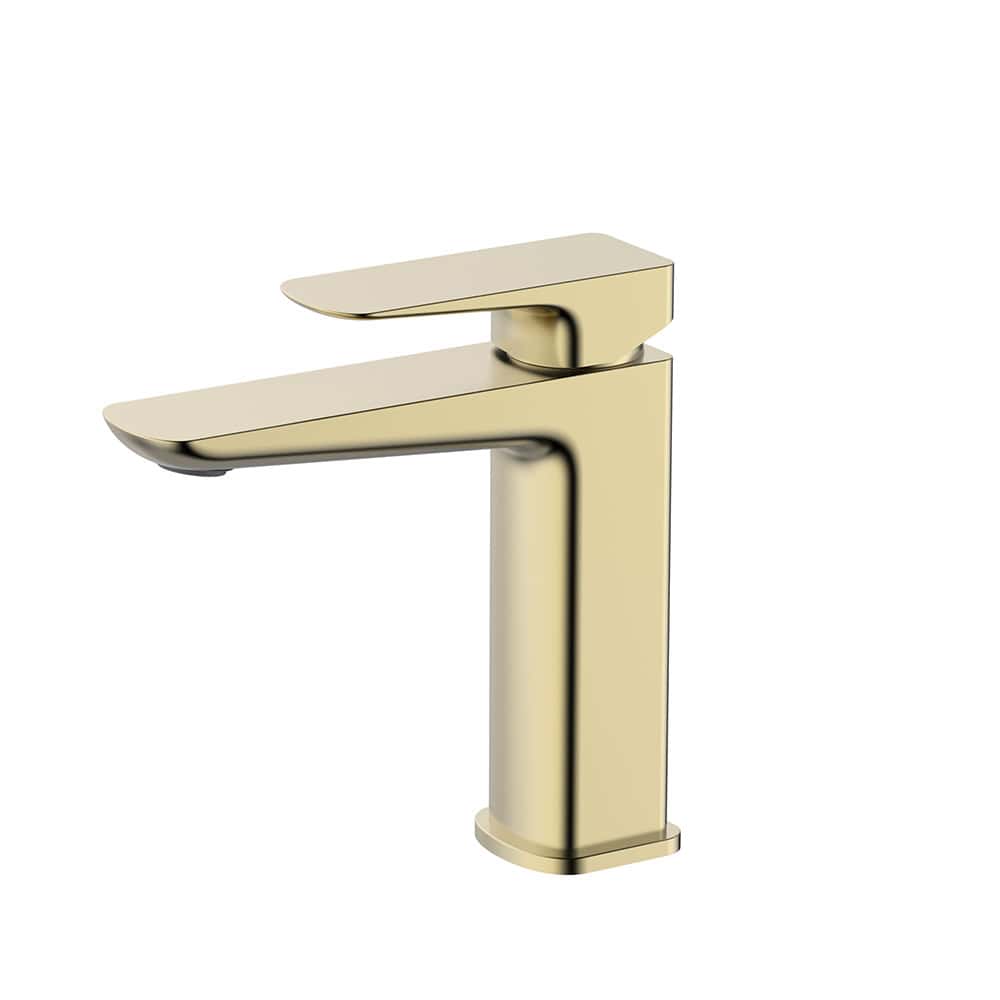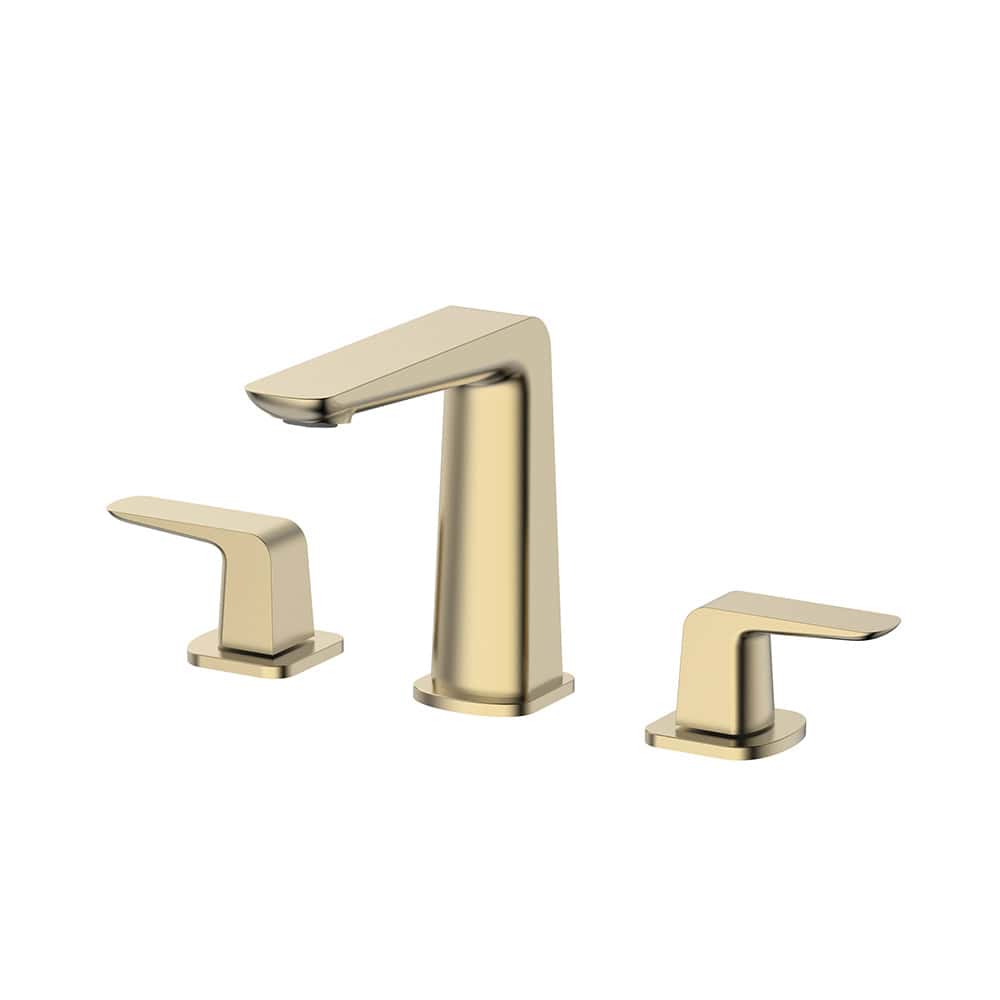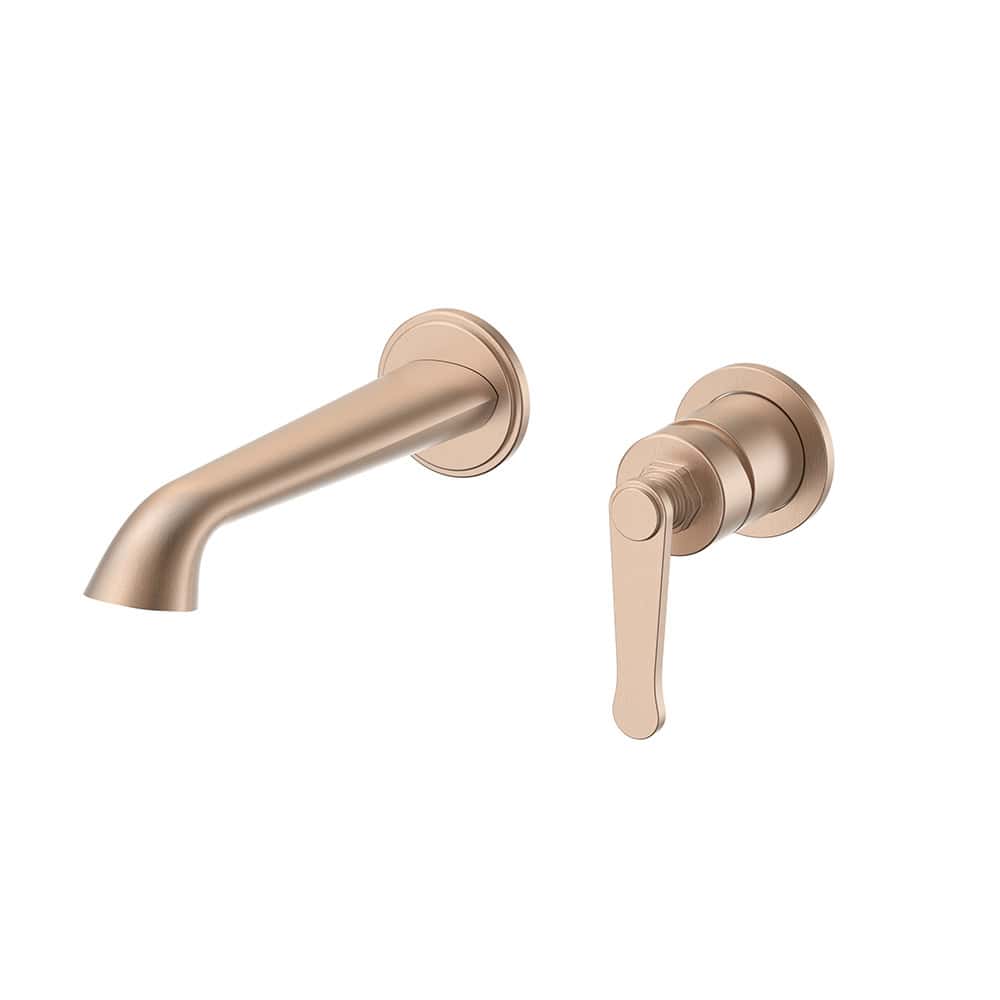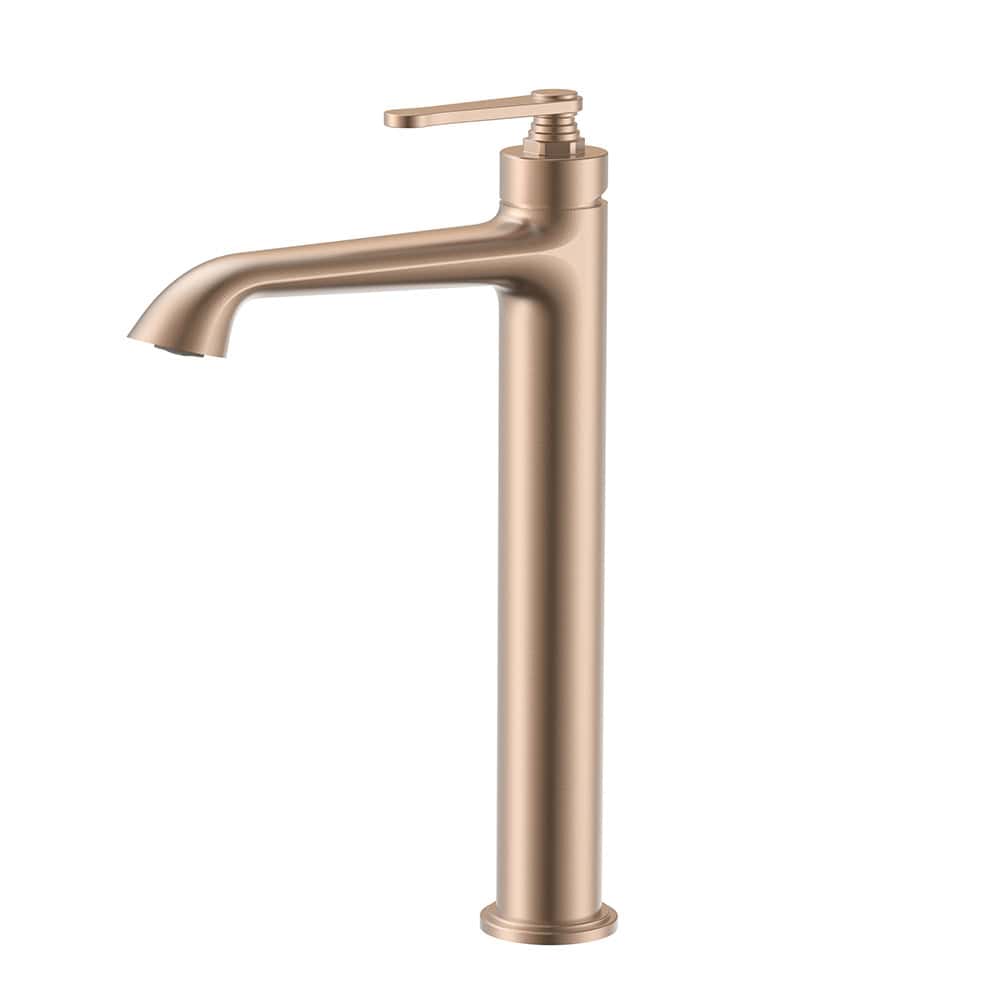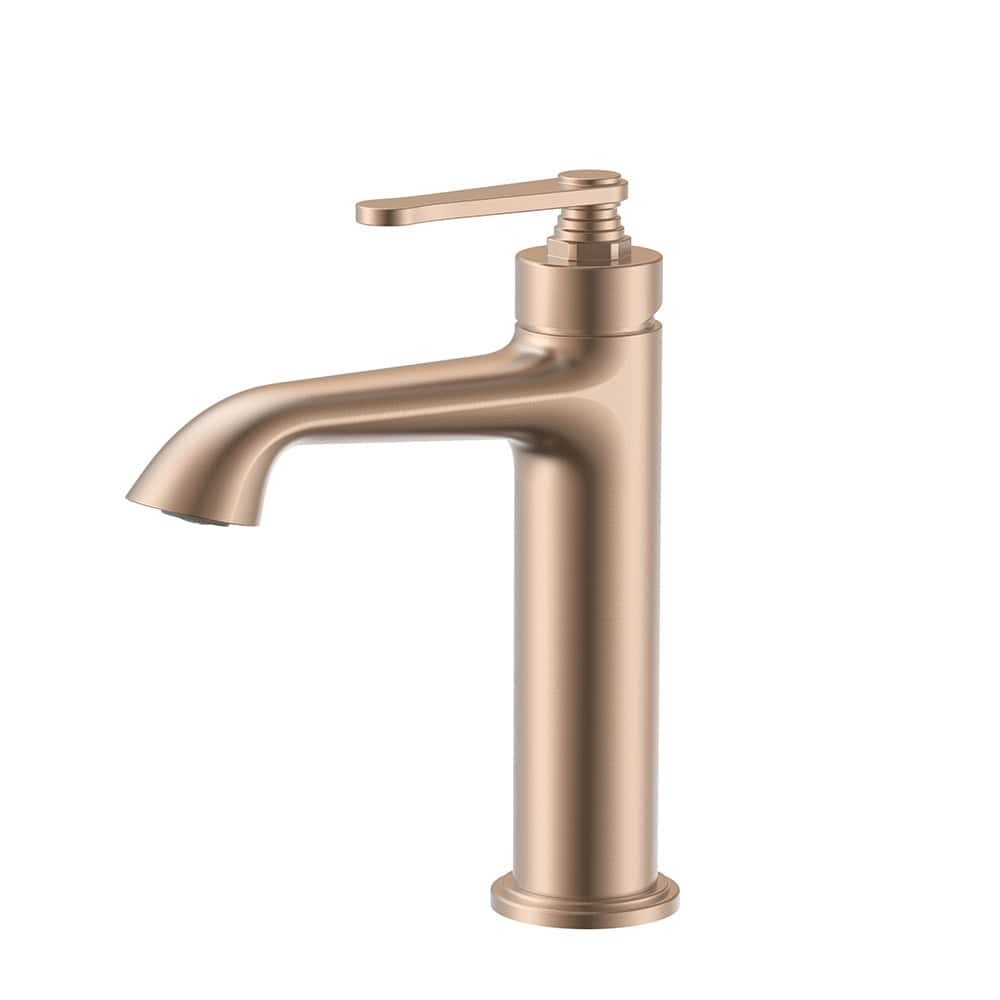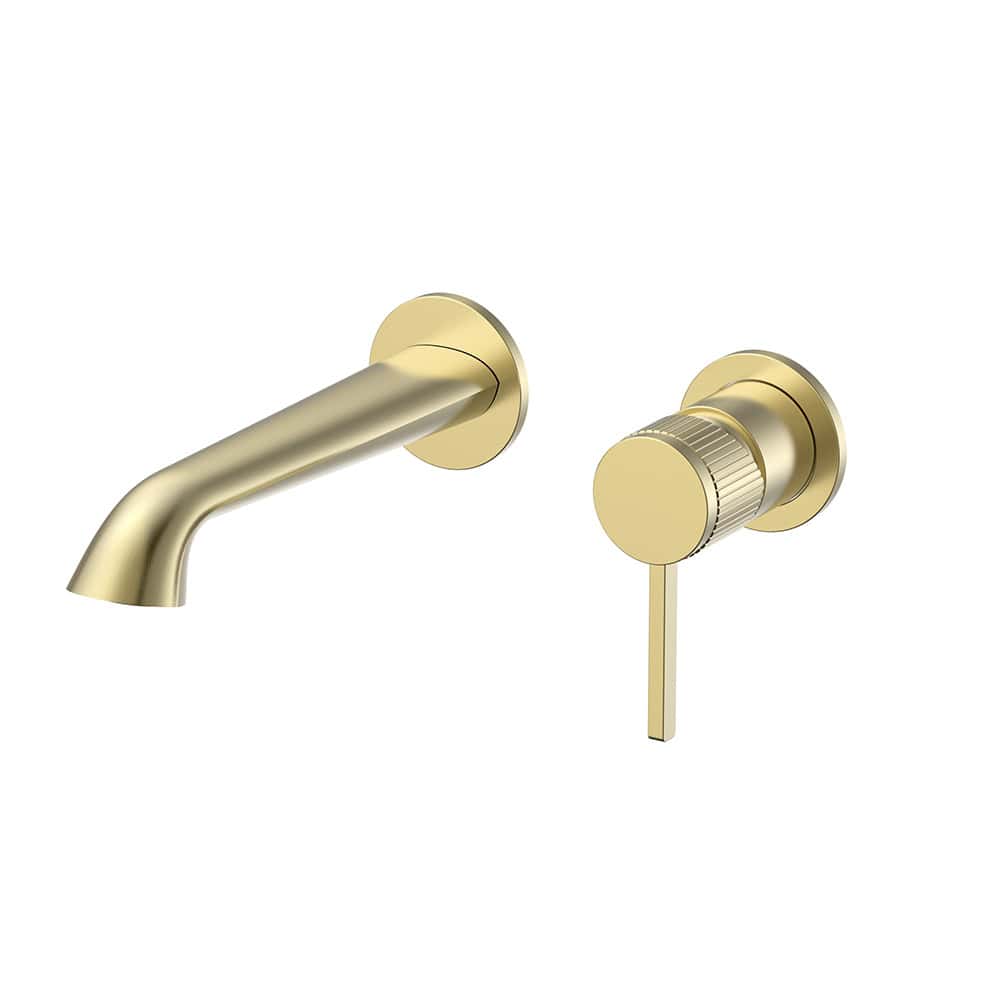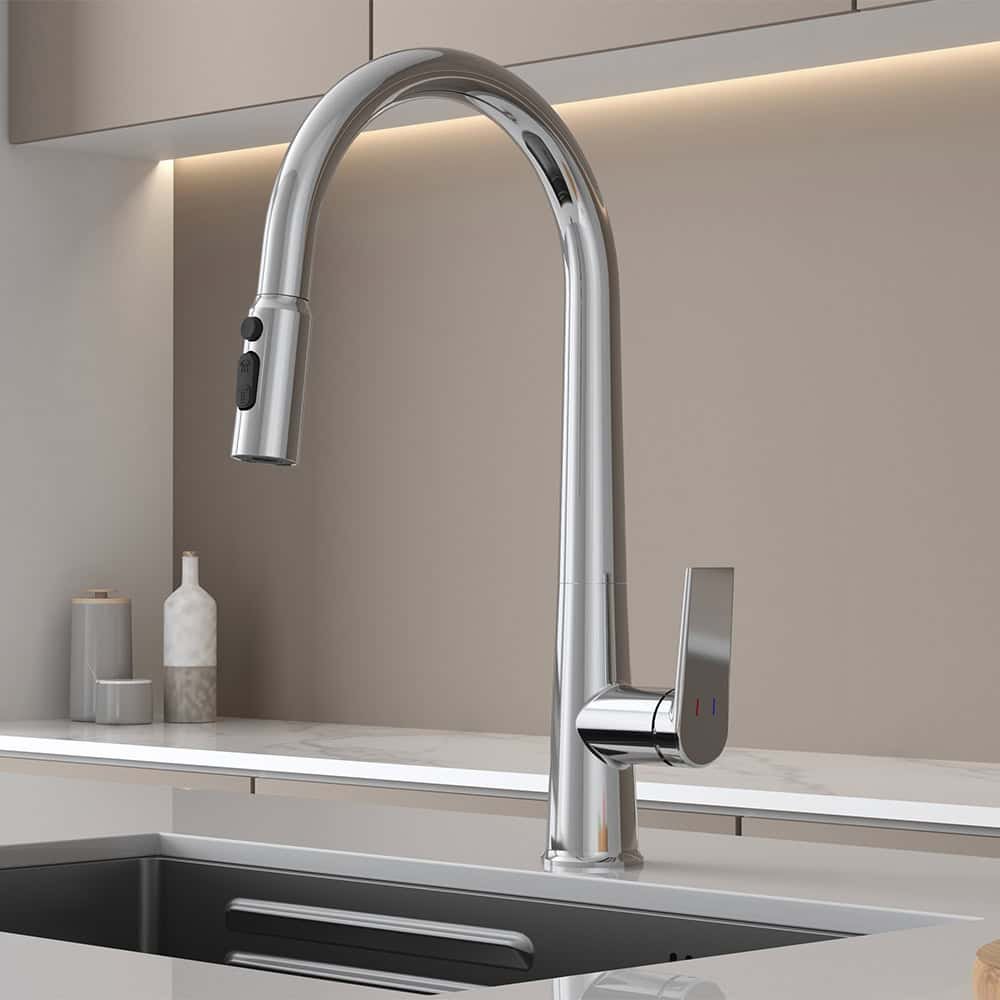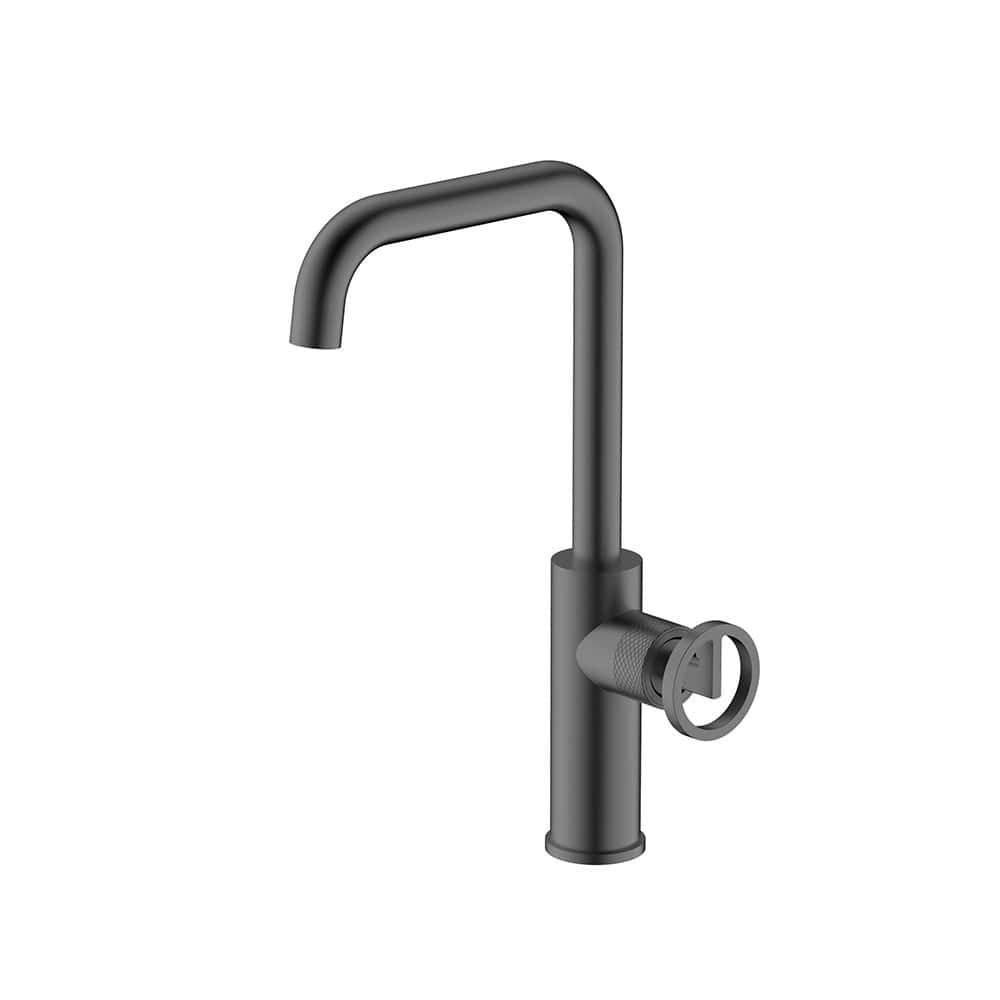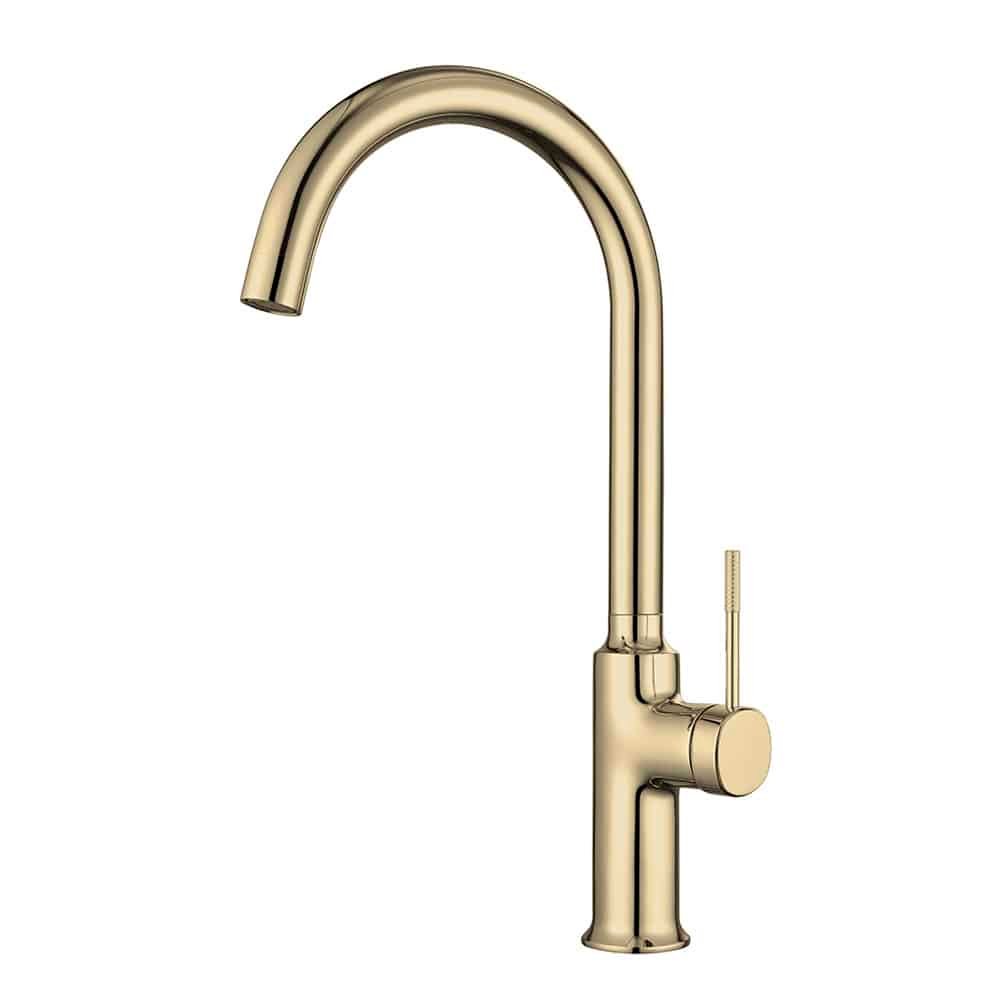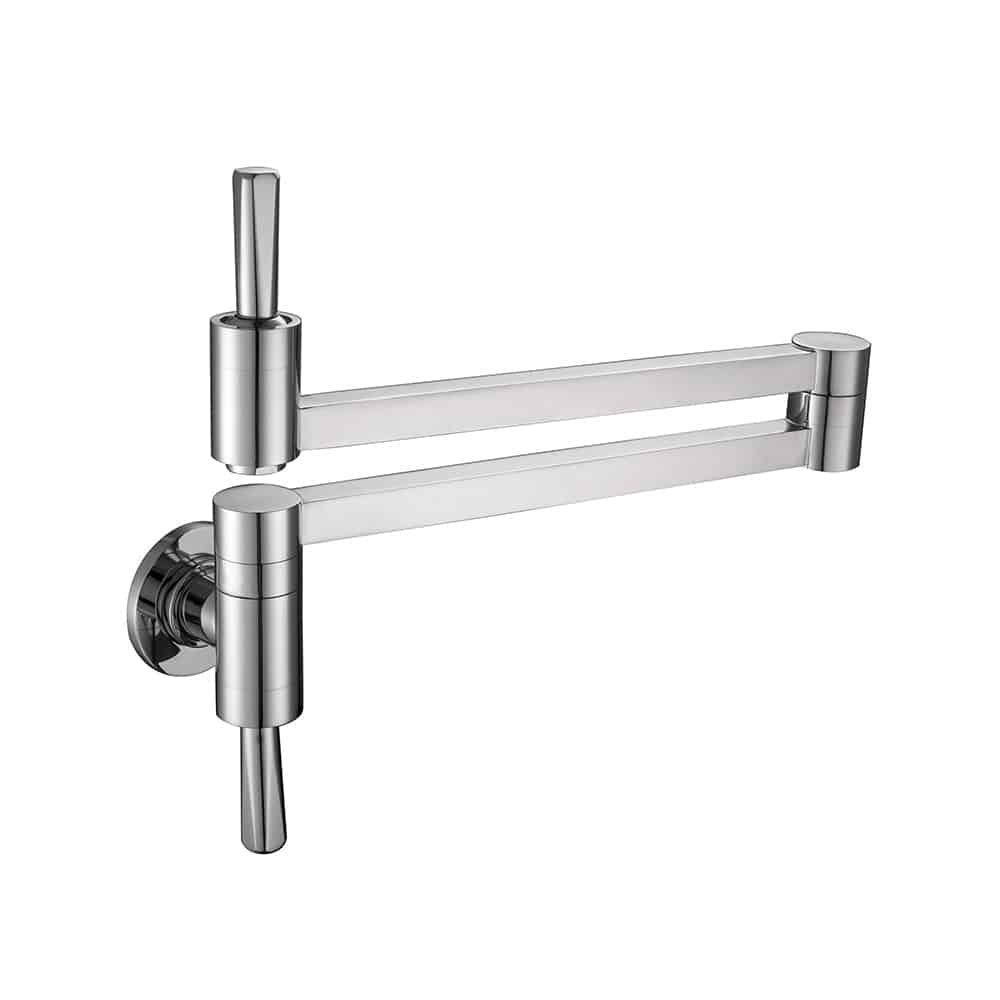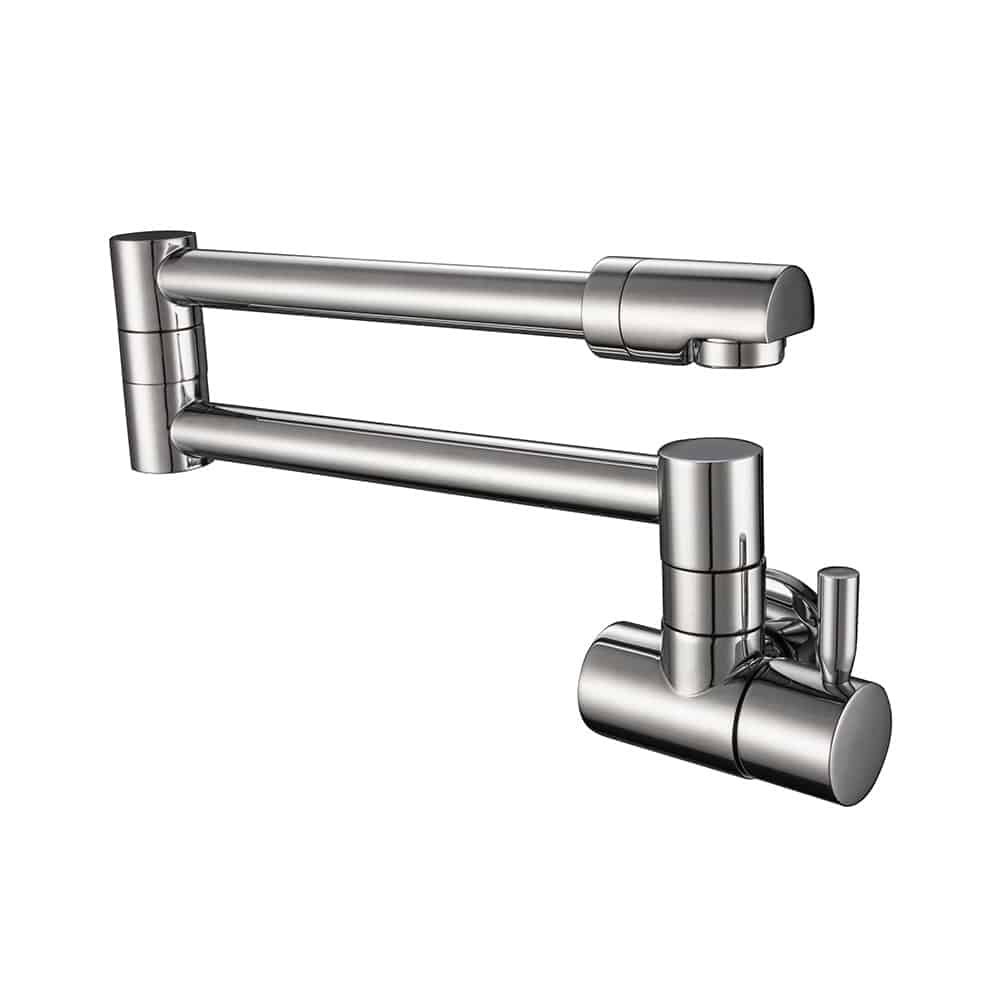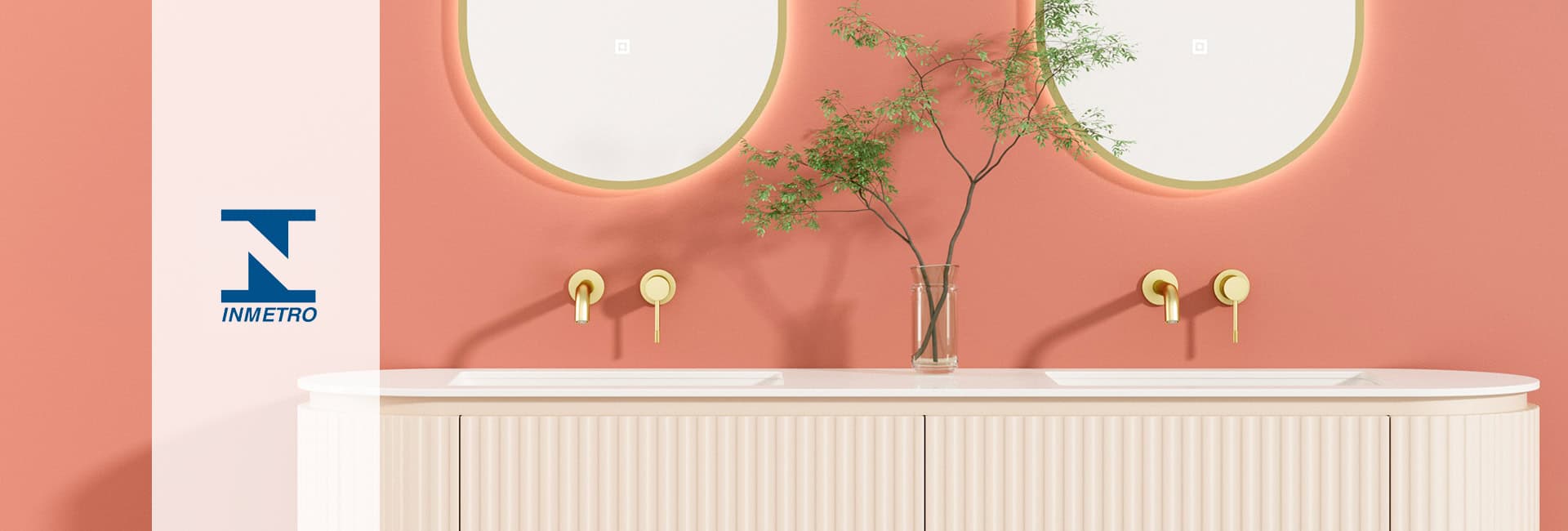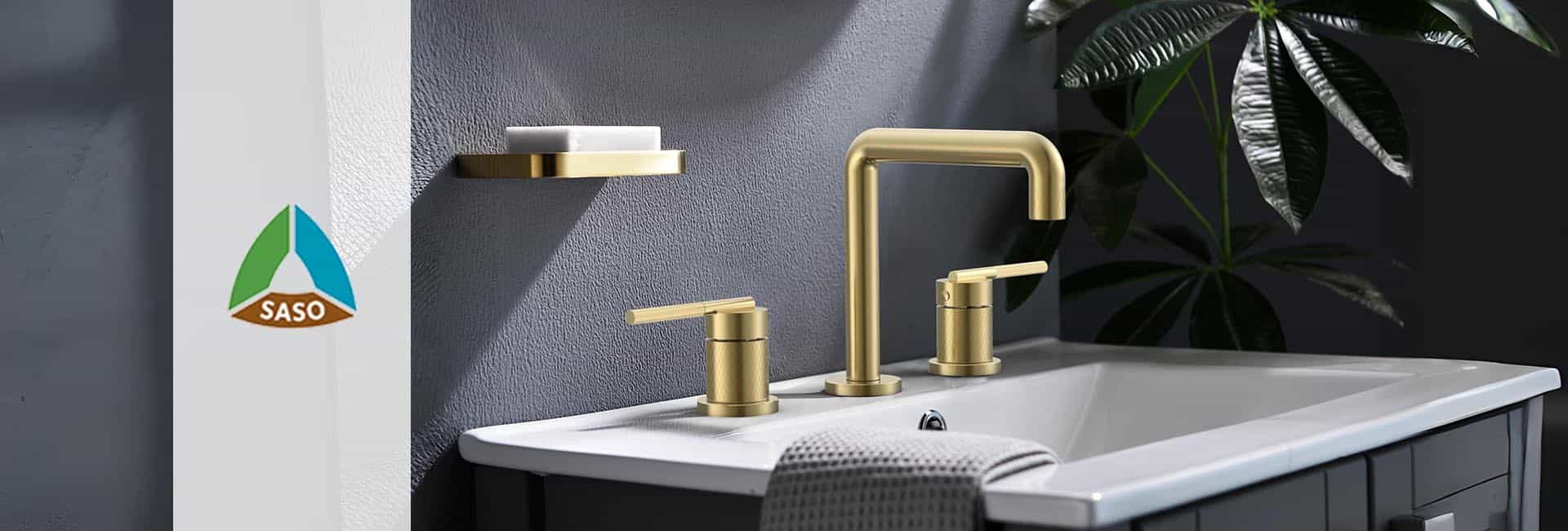Faucets play a vital role in our daily lives, delivering water for tasks like washing dishes, brushing teeth, or filling a pot. Found in kitchens, bathrooms, and utility rooms, these devices control water flow from pipes with precision and ease. But what makes a faucet work? This guide explores every part of a faucet, explaining its function and importance. Whether you’re a homeowner, a DIY enthusiast, or simply curious, you’ll gain a clear understanding of faucet parts—from the basics to the hidden pieces that keep it running smoothly.
What Is a Faucet?
A faucet controls the flow of water from a pipe, allowing you to turn it on or off, adjust the temperature, and direct the stream. Typically made from durable materials like brass or stainless steel, faucets come in various styles to match different needs and aesthetics. Their design blends functionality with engineering, making them essential fixtures in any home.
The Main Parts of a Faucet
Every faucet consists of several key components that work together. Below, we break down each part and its role.
Aerator
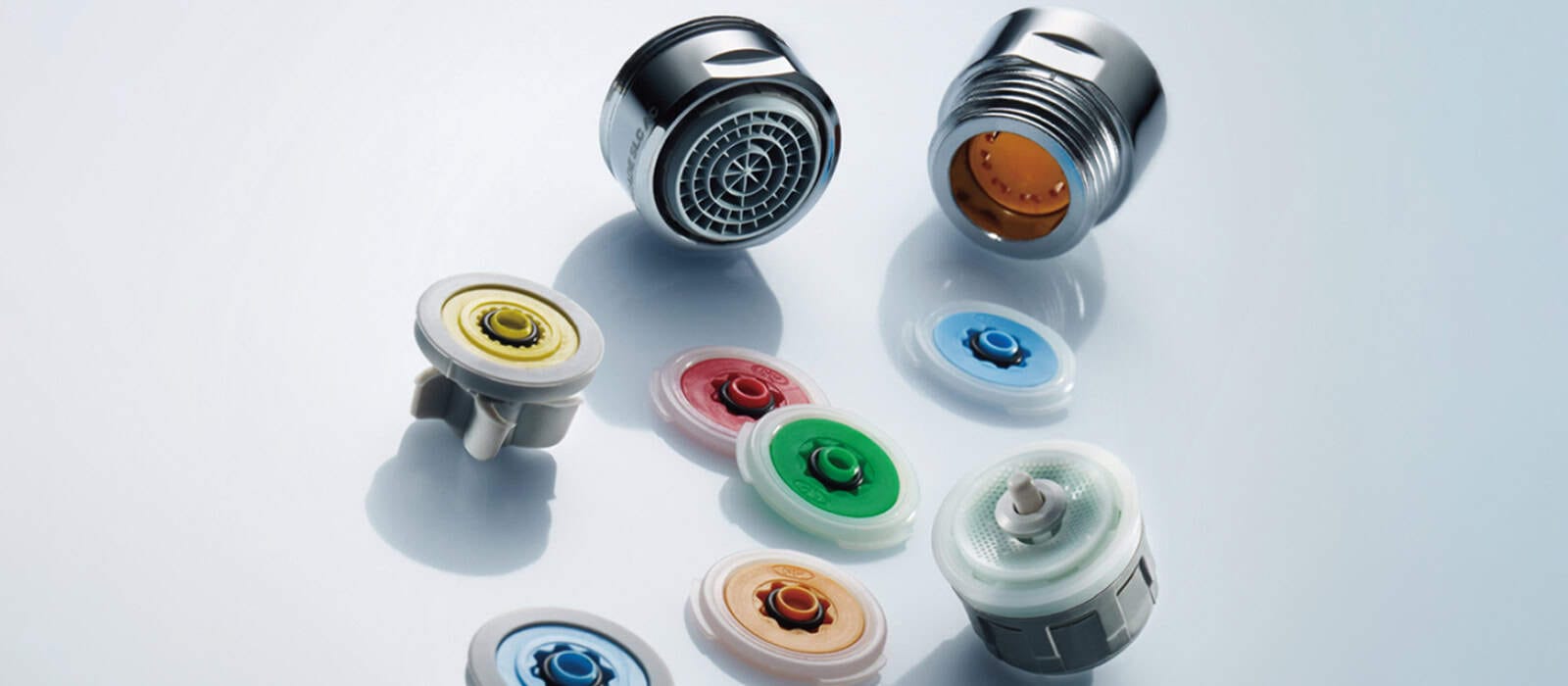
The aerator sits at the tip of the faucet spout. This small device mixes air with water, reducing the flow rate to conserve water and prevent splashing. It enhances efficiency and improves your experience at the sink. Over time, mineral buildup may clog the aerator, but you can unscrew it for cleaning or replacement.
- Why it matters: The EPA’s WaterSense program» notes that aerators can cut water usage by up to 30%, making them an eco-friendly addition.
Spout
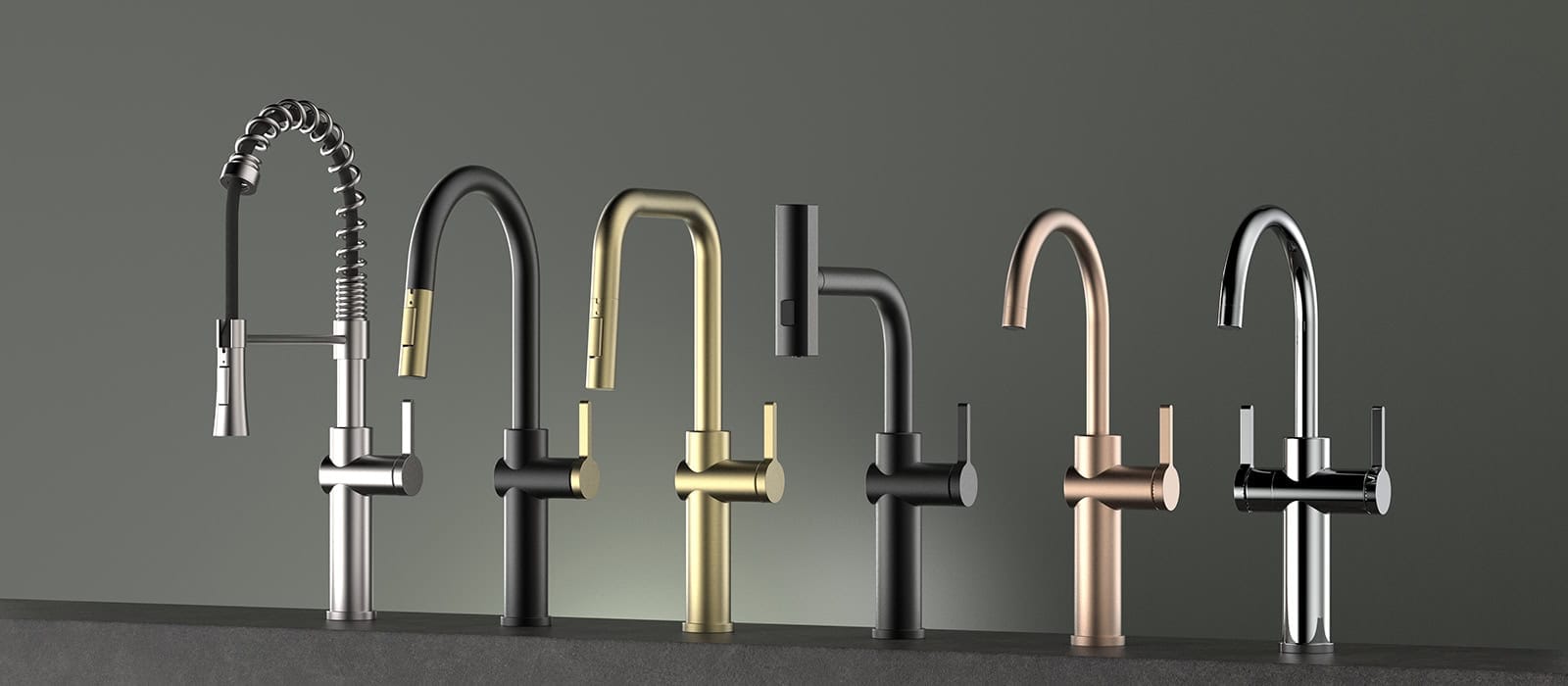
The spout delivers water from the faucet body to the sink. Its design varies to suit different tasks:
- Straight spout: Provides a simple, direct flow, common in bathroom faucets.
- Gooseneck spout: Offers extra height for filling large pots, ideal for kitchens.
- Pull-down spout: Features a detachable head for flexibility, perfect for rinsing dishes or cleaning.
The spout’s shape impacts both practicality and style, so choose one that fits your needs.
Handle
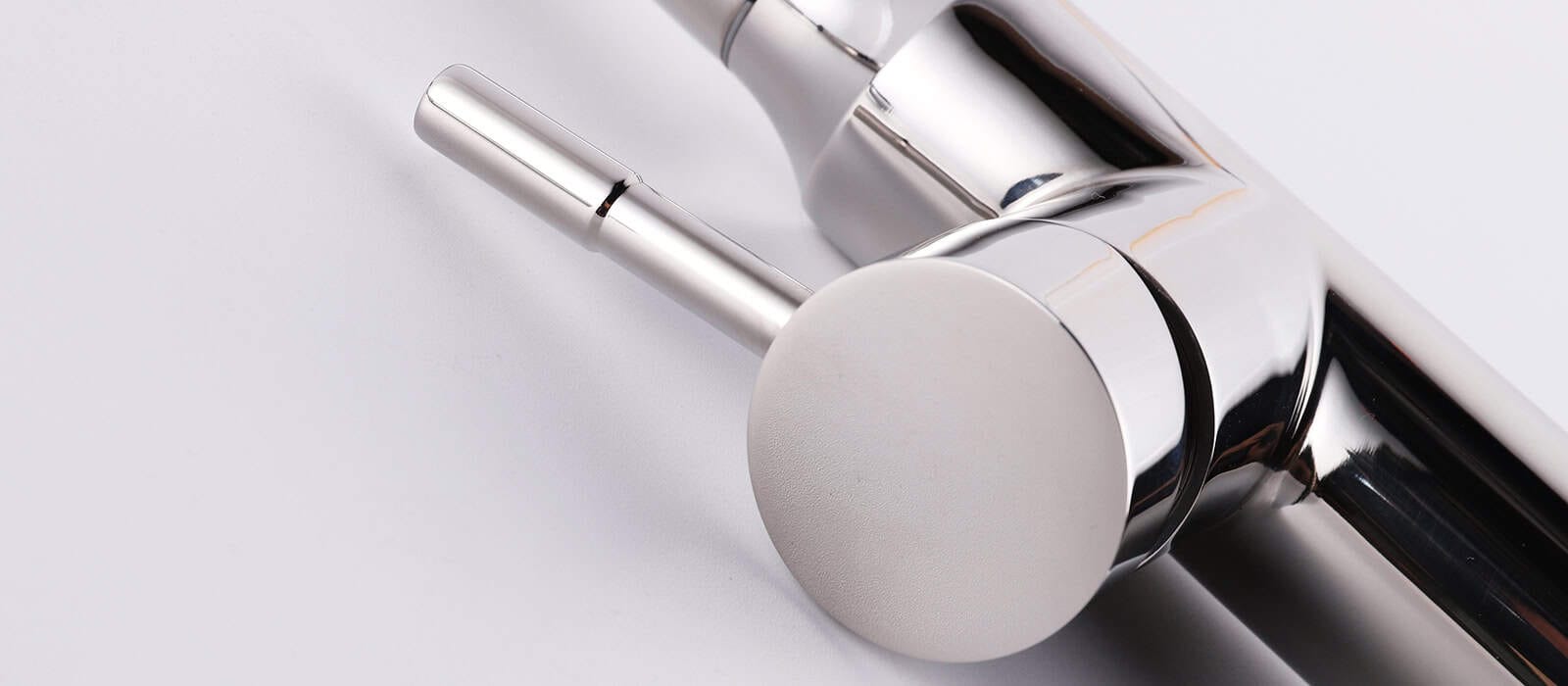
The handle lets you control water flow and temperature. Faucets feature either a single handle or dual handles:
- Single handle: Adjusts both hot and cold water with one lever, offering one-handed convenience.
- Dual handles: Uses separate controls for hot and cold water, providing precise temperature adjustments.
Handles are the most interactive part, and their design affects usability, especially for those with limited dexterity.
Valve
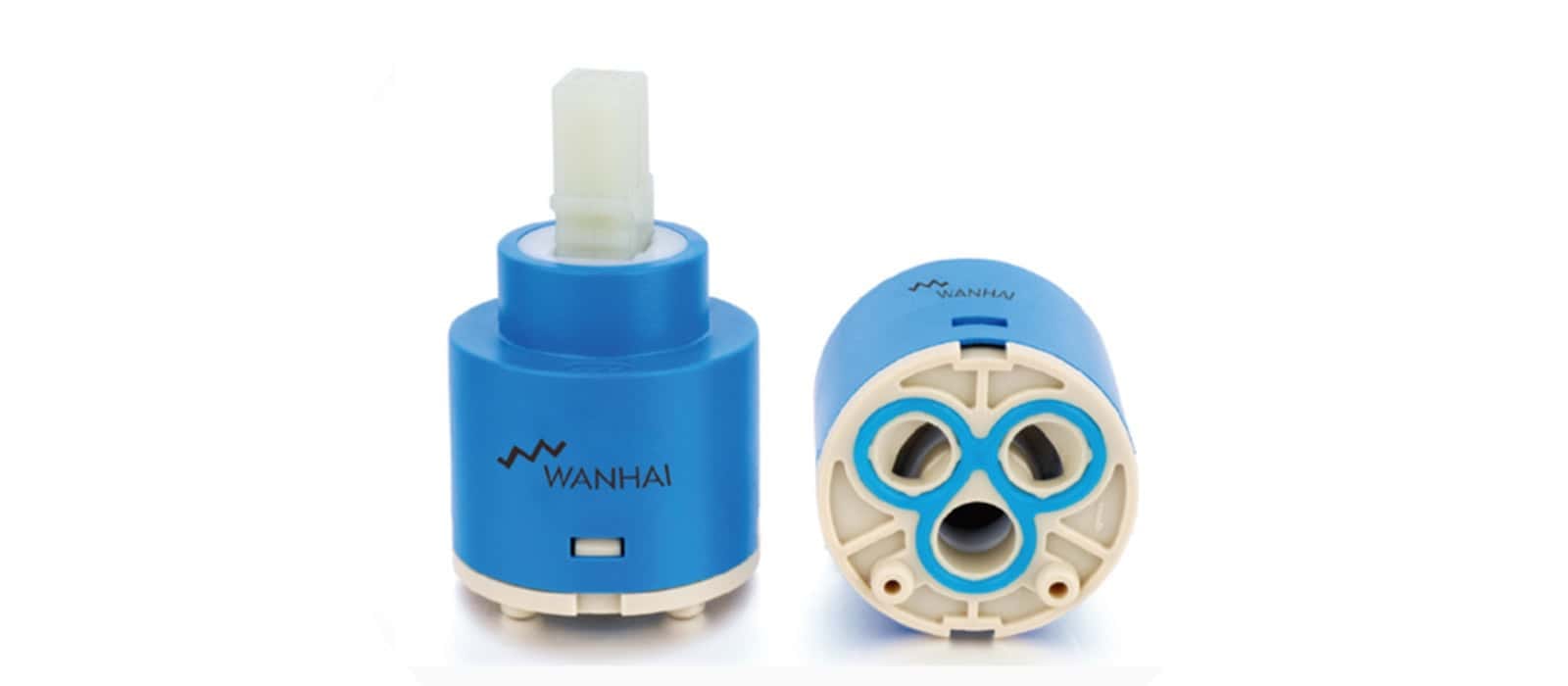
The valve regulates water flow and is the faucet’s core mechanism. Different valve types offer unique benefits:
- Cartridge valve: Found in modern faucets, it’s durable and easy to replace.
- Ceramic disc valve: Excels in longevity and leak resistance, common in premium models.
- Compression valve: Uses a screw mechanism, typical in older faucets, and requires more upkeep.
Knowing your valve type helps you address issues like leaks.
Body
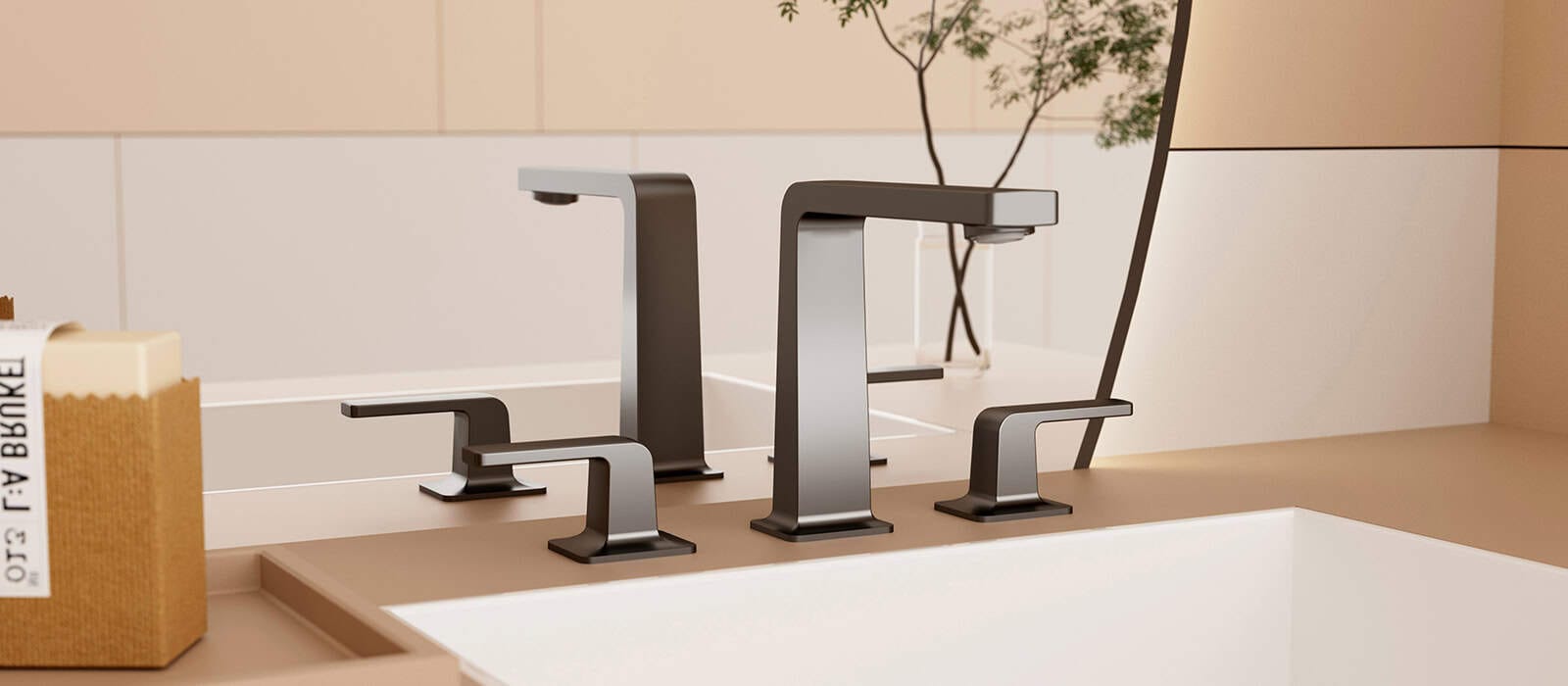
The body houses the mixing chamber where hot and cold water combine before exiting through the spout. It connects the handle, valve, and spout, forming the faucet’s central structure. Body designs include:
- Single-hole: Combines all components in one unit.
- Widespread: Features separate handles and spout for a customizable look.
The body’s configuration influences both installation and appearance.
Mount
The mount secures the faucet to the sink or countertop. Two main types exist:
- Deck-mounted: Attaches to the sink or counter, hiding plumbing below.
- Wall-mounted: Protrudes from the wall, saving space and suiting vessel sinks.
Your sink type and design preferences determine the best mount. Wall-mounted options require careful plumbing consideration.
Check Valve
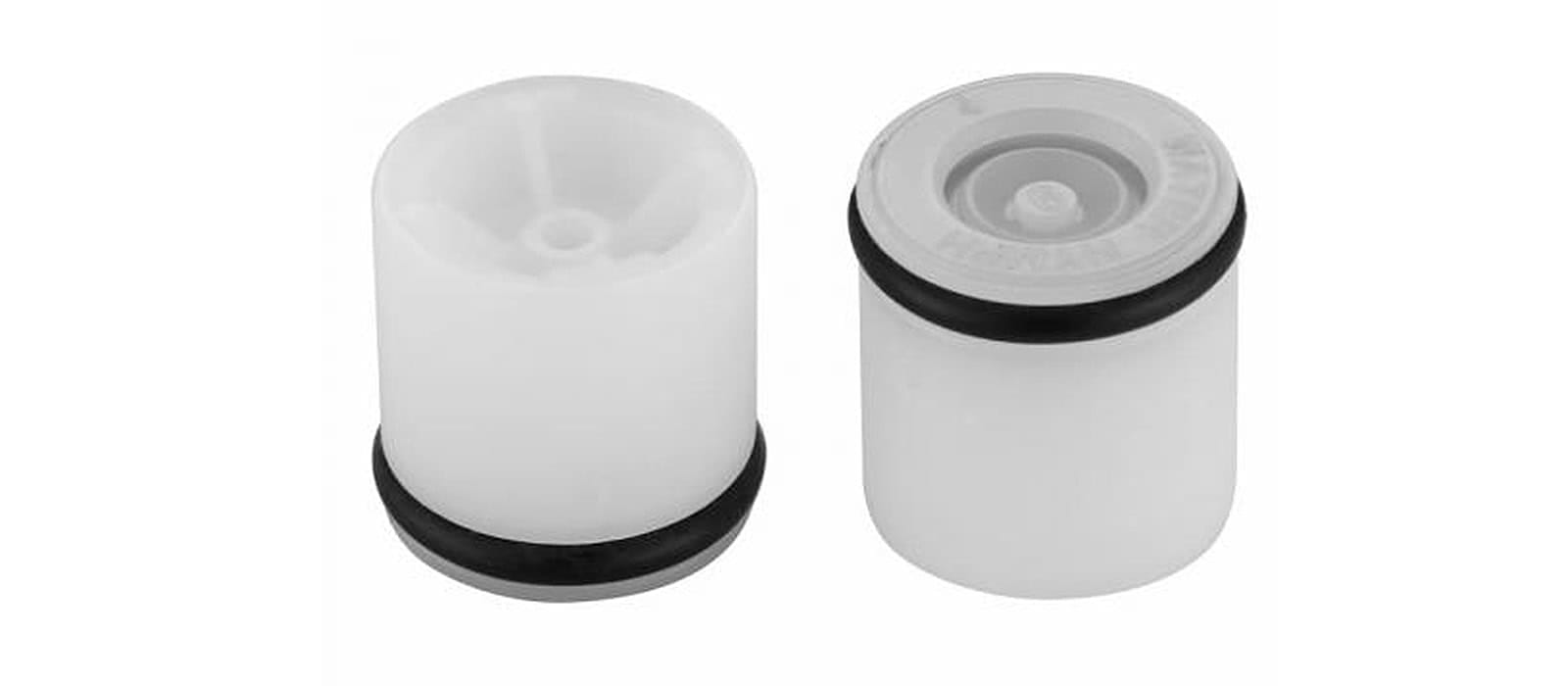
The check valve is a one-way valve designed to prevent backflow, ensuring water flows only from the supply system to the faucet and not back into the system.
- Function: Prevents water source contamination and ensures proper water flow direction.
- Maintenance Tips: Regularly inspect its functionality to ensure it’s not clogged or damaged.
Supply Line
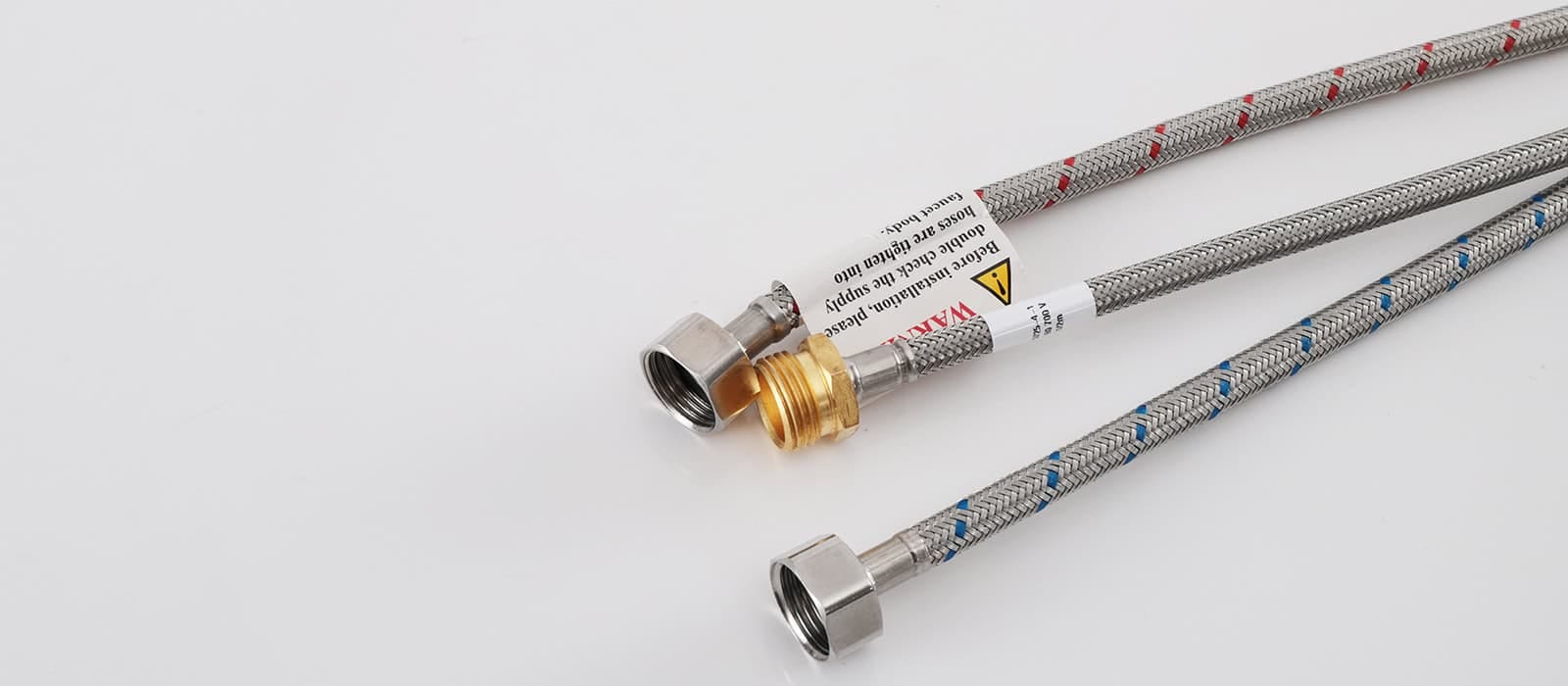
The supply line is the pipeline connecting the faucet to the water supply system, typically made of flexible materials such as stainless steel braided tubing or plastic tubing. It delivers cold and hot water from the pipes in the wall or floor to the faucet.
- Function: Ensures smooth water flow and provides flexibility during installation or maintenance.
- Maintenance Tips: Regularly check for leaks or wear and replace if necessary.
Additional Faucet Parts You Should Know
Beyond the main components, several lesser-known parts ensure your faucet works flawlessly.
Escutcheon
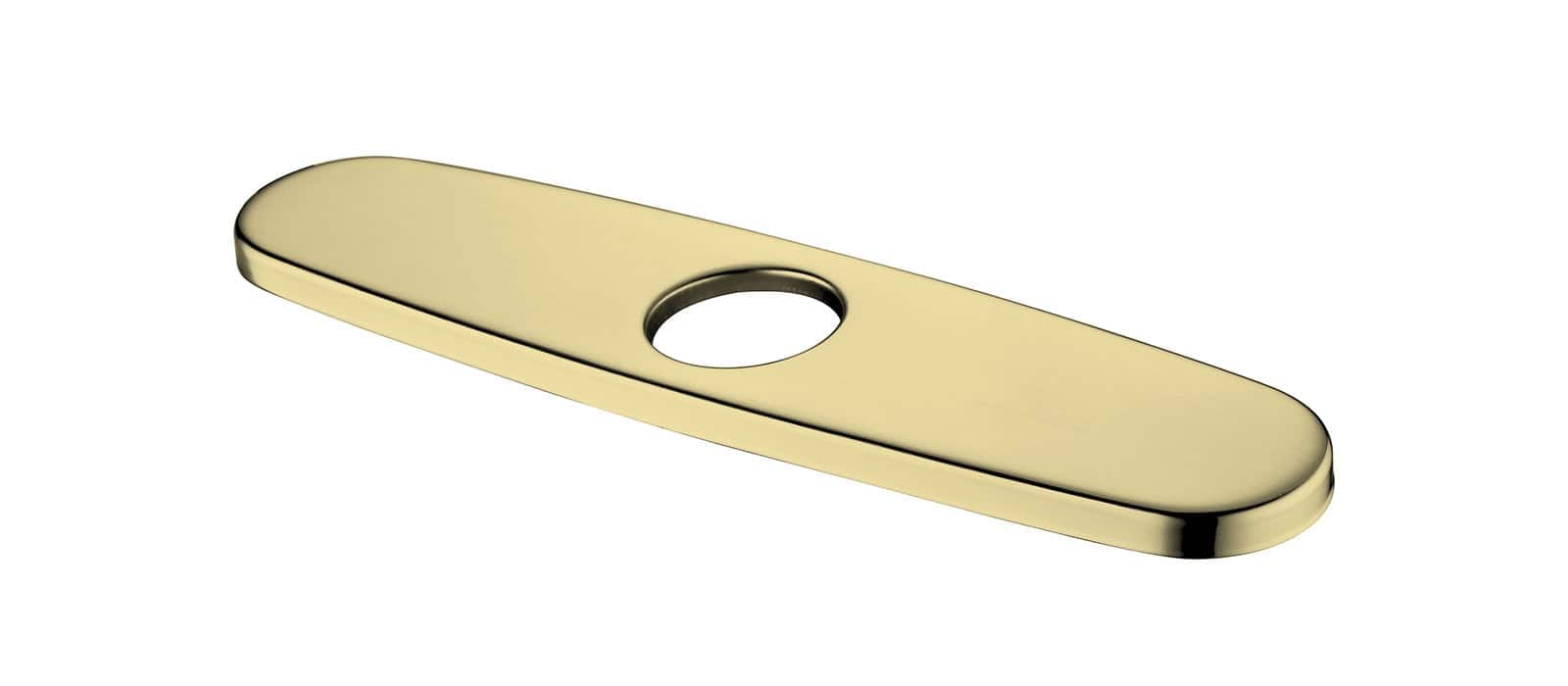
The escutcheon is a decorative plate that covers the sink’s mounting holes. It gives a polished look and prevents water from leaking into the cabinet below.
Sprayer
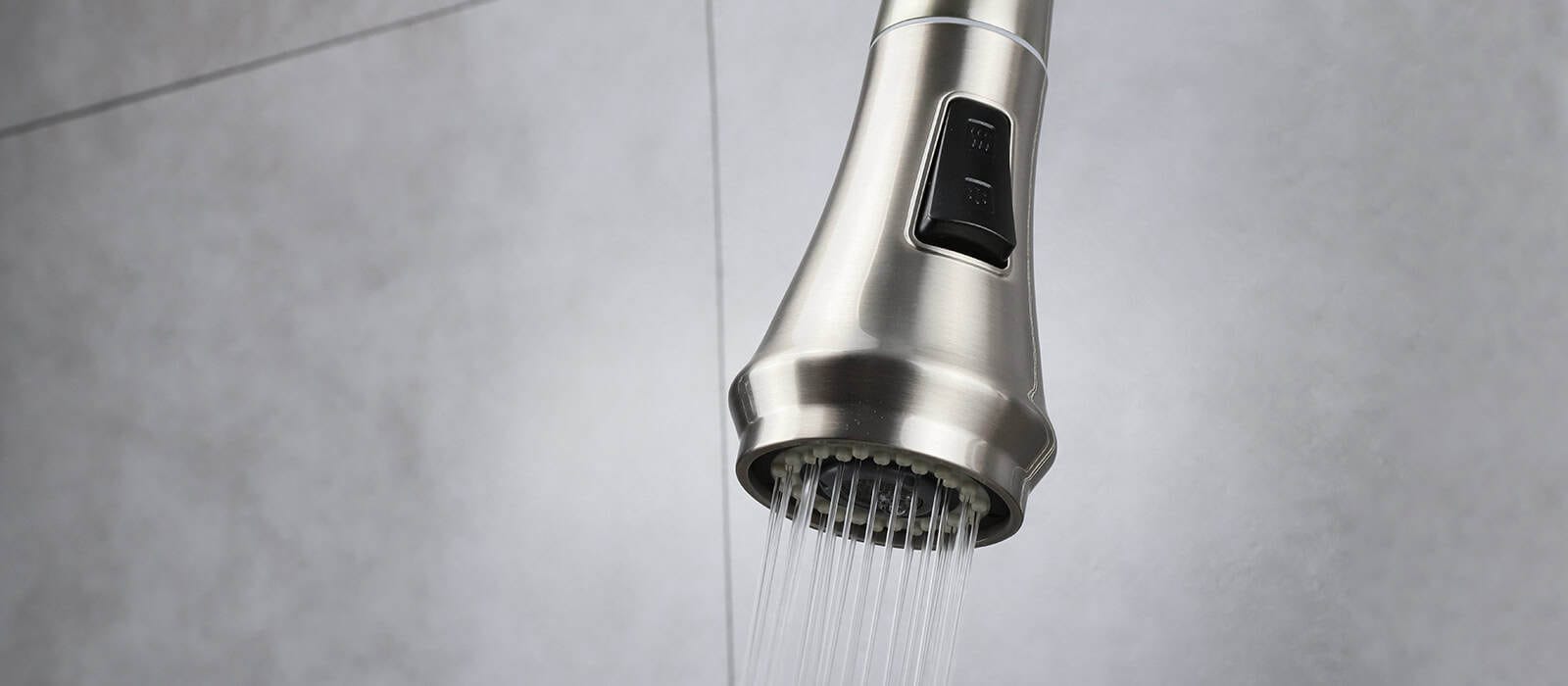
Kitchen faucets often include a sprayer—a separate hose and nozzle for rinsing dishes or cleaning the sink. Some integrate into the spout (pull-down or pull-out designs), while others mount separately as side sprayers.
Seals (O-Rings and Washers)
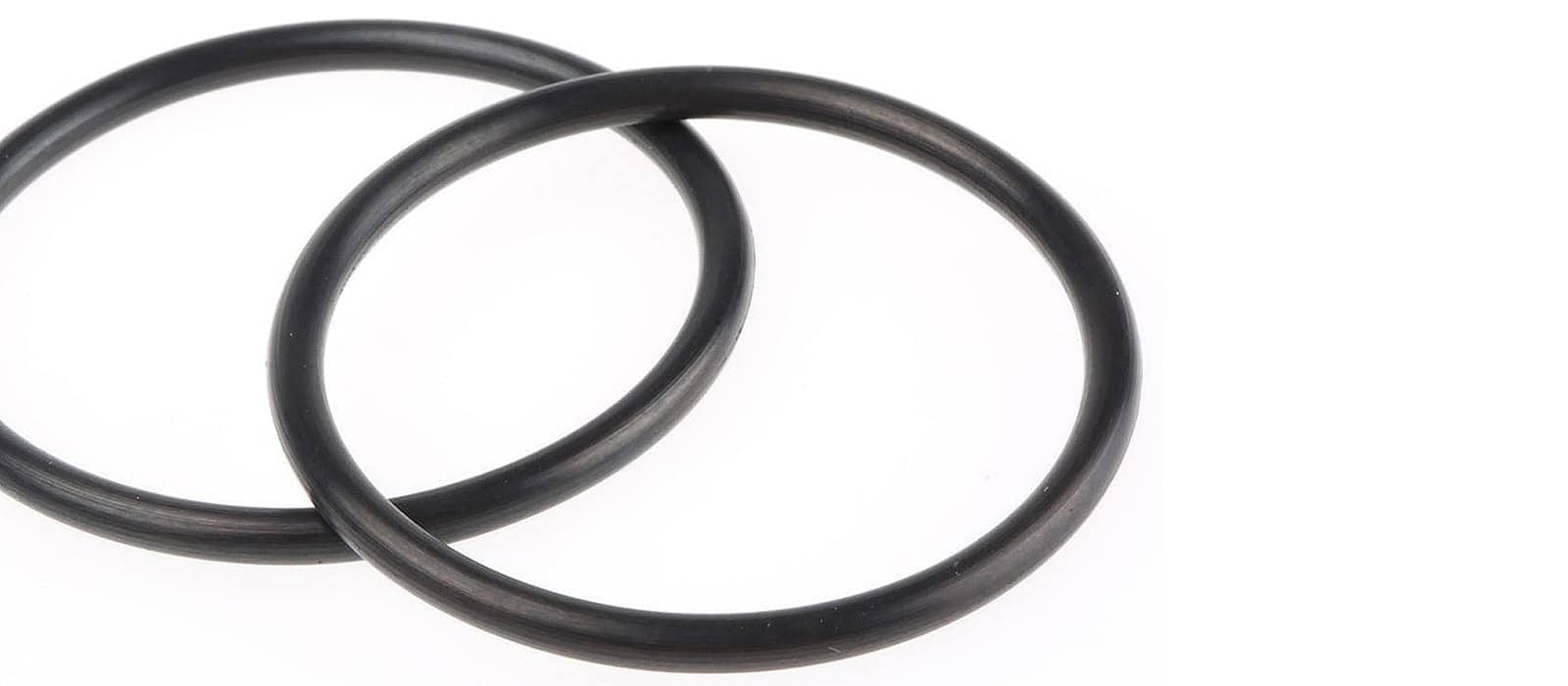
Seals, like O-rings and washers, prevent leaks by creating tight connections between moving parts, such as the spout and body. Though small, they’re critical, and replacing worn seals fixes many drips.
Connections
Connections, such as compression fittings, link the faucet to water supply lines. They ensure a secure, leak-free setup between the faucet and your plumbing.
Pull-Out Tube

ensuring water flows only from the supply system to the faucet and not back into the system.
- Function: Prevents water source contamination and ensures proper water flow direction.
- Maintenance Tips: Regularly inspect its functionality to ensure it’
Gravity Ball
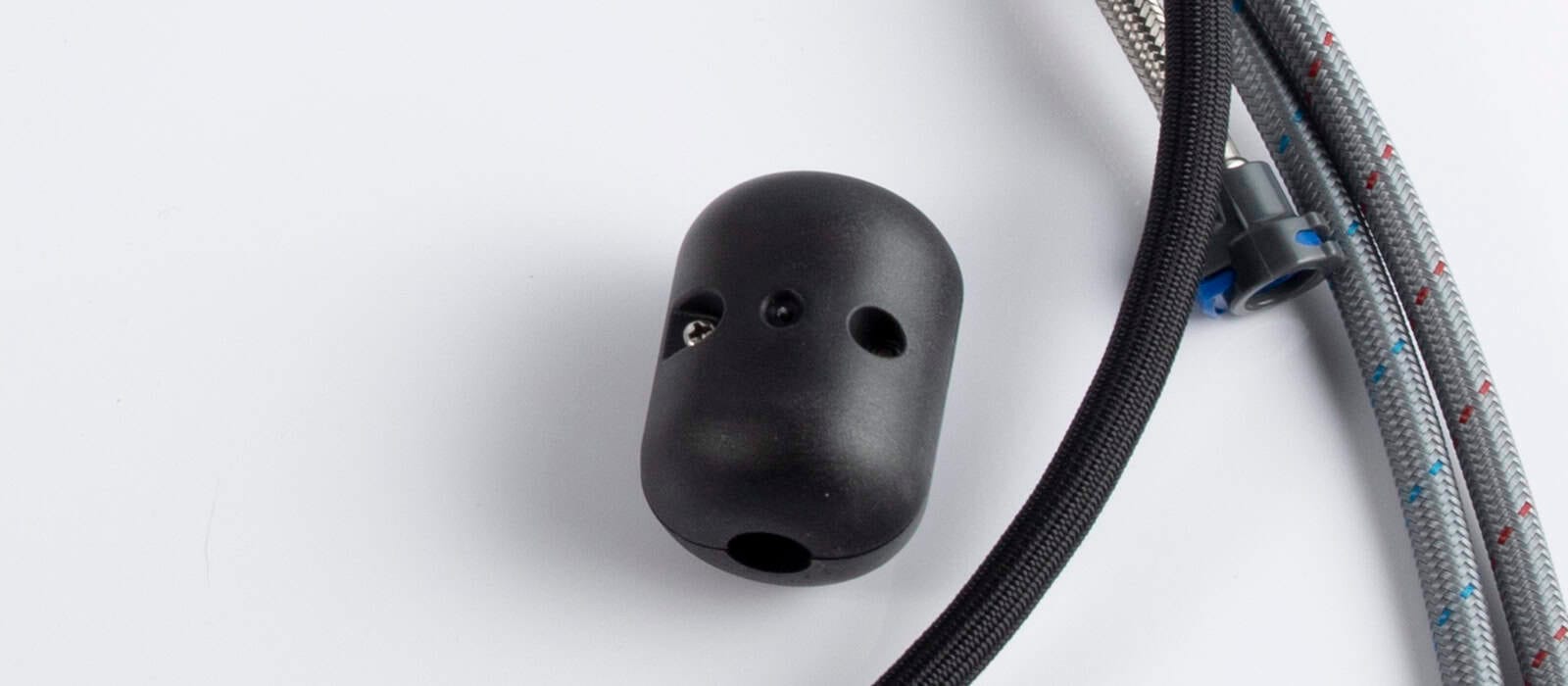
The gravity ball is a weighted component attached to the pull-out tube in pull-out or pull-down faucets. It helps retract the spray head back to its original position after use by adding weight to the hose.
- Function: Ensures the spray head returns smoothly and stays docked when not in use.
- Maintenance Tips: Ensure the gravity ball is securely attached and moves freely along the hose. Replace if it becomes loose or damaged.
Materials and Finishes: What You Need to Know
Faucets use various materials, each with distinct advantages:
- Brass: Resists corrosion and lasts long, making it a top choice.
- Stainless steel: Delivers a sleek look and fights rust effectively.
- Plastic: Costs less but lacks the durability of metal.
Finishes like chrome, brushed nickel, or bronze enhance appearance and protect against wear. Advanced options, like PVD (Physical Vapor Deposition), resist scratches and boost longevity.
In the U.S., federal law caps faucet lead content at 8%, with stricter rules in states like California and Vermont.
Practical Tips for Maintenance and Installation
Understanding faucet parts equips you to maintain or install them. Try these tips:
- Replace a cartridge valve: For a dripping faucet, turn off the water with shutoff valves, remove the handle, unscrew the cartridge, and install a new one.
- Fix a leaky spout: Worn O-rings often cause this. Detach the spout, replace the O-rings, and reattach it.
- Install a faucet: Match the mount to your sink, follow the manual, and use plumber’s tape on connections for a tight seal.
Modern Faucet Trends
Faucet technology evolves to boost convenience and efficiency:
- Touchless faucets: Activate with motion sensors, reducing germ spread.
- Smart faucets: Offer voice control or app settings for precise flow and temperature.
Luxuryhome premium faucet recommendation
Conclusion
Mastering faucet parts helps you choose the right model, perform repairs, or troubleshoot issues confidently. From the aerator saving water to the valve controlling flow, each component matters. With this knowledge, you’ll appreciate the engineering behind your faucet and handle any task it throws your way.
FAQs
About Luxuryhome
Luxuryhome is not just a faucet manufacturer or wholesaler, but more like a partner who can provide you with more added value.
We are united in our determination to produce China-made bath and kitchen fixtures adhering to the highest ethical principles. You have our promise!
More post you may interested in

